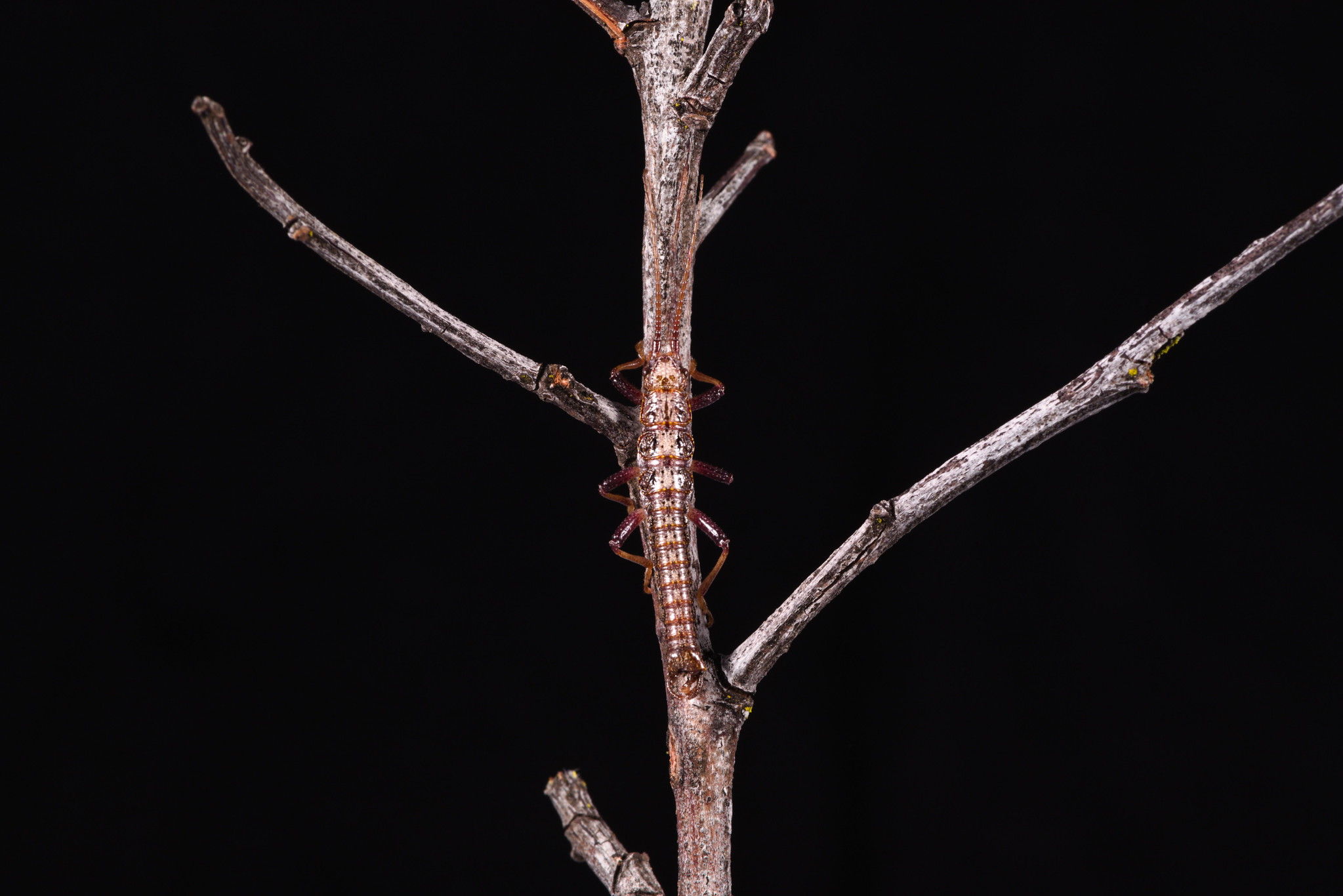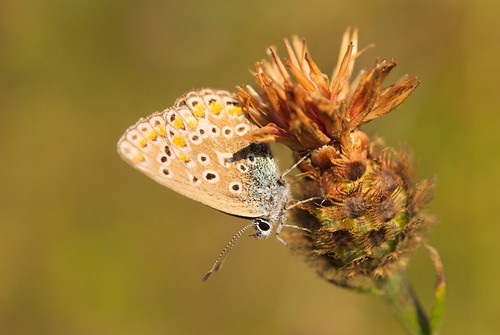Dear Visitor(s),
Again, my website is a bit behind in term of infos.
In April I joined the Saccheri lab to work on a very interesting collaborative project.
One of the aim of this project is to evaluate the adaptive response of different species of Lepidoptera to environmental changes due to the industrial revolution and subsequent human activities. One of the objectives is to detect the genetic basis of these adaptations in different species, and quantify the level of parallelism between species. This would be realized by sequencing samples pre and post changes from the same geographical area in UK and by performing some temporal Fst scans coupled with some selective sweep analysis in contemporary samples. We are lucky enough to collaborate with the NHM of London, giving us access to huge historical sampling collection for many species.
Many thanks to Ilik Saccheri for allowing me to join this really interesting project, and many thanks to all people involved in this project for their past and future help!
Cheers,
Romain



